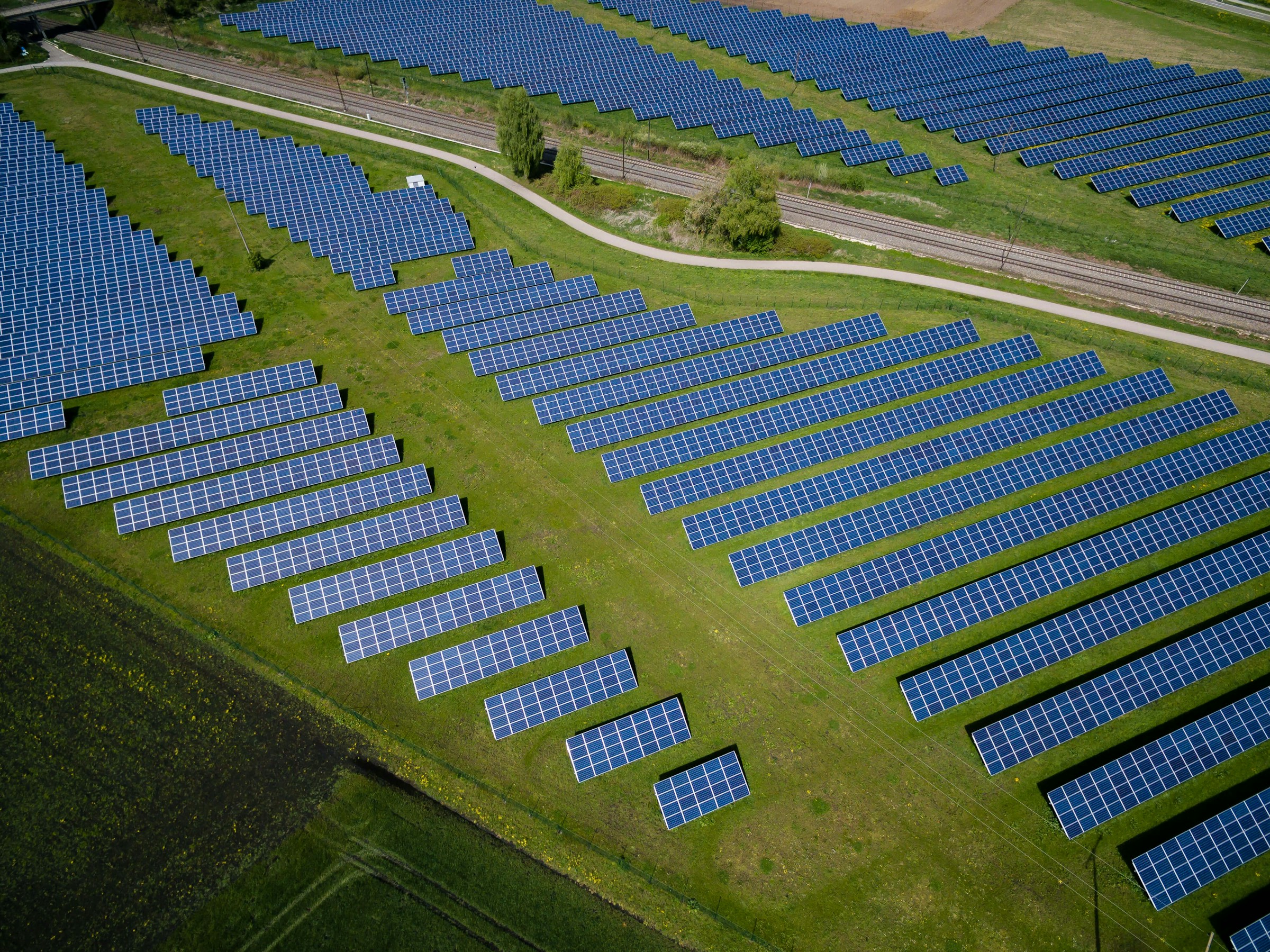As environmental awareness and the demand for sustainable energy solutions continue to grow, the construction of renewable energy plants has become increasingly significant. However, building these facilities in the UK requires navigating a complex planning permission process. This article provides a comprehensive guide to help you understand and maneuver through this intricate system, ensuring a smoother journey from concept to construction.
Understanding the Planning Permission Framework
Before diving into the specifics of the process, it’s essential to comprehend the framework within which planning permission operates in the UK. Here’s where we first lay the groundwork for your project.
In parallel : How to establish a UK-based online marketplace for handmade crafts and comply with seller regulations?
In the UK, planning permission is governed by a blend of national and local policies. The National Planning Policy Framework (NPPF) establishes the overarching guidelines, emphasizing sustainable development, environmental protection, and the need to address climate change. At the local level, each authority has a Local Plan that outlines policies and land use designations specific to their area.
The planning permission process is designed to ensure that development projects align with these policies and contribute positively to the community and environment. For renewable energy plants, this means demonstrating how your project will provide clean energy, reduce carbon emissions, and integrate seamlessly into the local landscape.
Also read : What are the detailed requirements for establishing a UK-based elder care technology company?
Understanding this framework is crucial as it shapes all subsequent steps, from site selection to application submission. By aligning your project with both national and local policies, you increase the likelihood of gaining approval and contributing meaningfully to the UK’s renewable energy goals.
Choosing the Right Location
Selecting an appropriate site for your renewable energy plant is a pivotal step that can significantly influence the planning permission process. In this section, we explore the key factors to consider when choosing a location.
Location is not just about finding an available plot of land; it involves a meticulous evaluation of several critical factors. Proximity to natural resources, such as wind or sunlight, is paramount for the efficiency and viability of your renewable energy plant. Additionally, the site’s environmental impact must be assessed, ensuring minimal disruption to local wildlife and ecosystems.
Another crucial consideration is the availability of infrastructure. Your chosen location should have access to necessary utilities, transportation networks, and grid connectivity. This not only facilitates the construction and operation of the plant but also supports the seamless integration of the generated energy into the national grid.
Engaging with local communities early in the process is also beneficial. Understanding their concerns and addressing potential issues can build support and reduce opposition, which can be a significant hurdle in the planning permission process.
Securing a location that aligns with these factors and the policies outlined in the NPPF and Local Plan increases the feasibility of your project and smoothens the path towards obtaining planning permission.
Preparing the Application
Once you have a suitable location, the next step involves preparing a comprehensive planning permission application. This section outlines the critical components and best practices for crafting a robust application.
A successful planning permission application is thorough, well-researched, and aligned with all relevant guidelines. Key documents typically required include a detailed project description, environmental impact assessment (EIA), design and access statement, and supporting technical reports. The EIA is particularly critical for renewable energy projects, as it assesses the potential environmental effects and proposes mitigation measures.
Including a community engagement strategy can also strengthen your application. Demonstrating that you have consulted with local stakeholders and incorporated their feedback shows a commitment to positive community relations and can sway decision-makers in your favor.
Accuracy and clarity are paramount in your application. Ensure that all technical details, calculations, and projections are meticulously documented and presented in an easily understandable format. Any discrepancies or gaps can lead to delays or rejections.
Finally, consider seeking professional advice from planning consultants who specialize in renewable energy projects. Their expertise can provide invaluable insights, helping you navigate the complexities of the planning permission process and enhancing your application’s chances of success.
Navigating the Approval Process
Submitting your application is a significant milestone, but it marks the beginning of the approval process. In this section, we walk you through what to expect after submission and how to effectively navigate this phase.
Once your application is submitted, the local planning authority (LPA) will review it to ensure all required documents and information are included. This initial validation process usually takes a few weeks. If your application passes validation, it will be assigned a planning officer who will oversee the detailed assessment.
The assessment phase involves consultations with various stakeholders, including environmental agencies, local councils, and community groups. Public notices and consultations are often part of this process, allowing the community to voice their support or concerns. Be prepared to address any queries or objections that arise during this period.
The planning officer will compile a report summarizing the findings and recommendations. Depending on the complexity and scale of your project, the decision will either be made by the planning officer or referred to a planning committee. Engaging with the planning officer and maintaining open communication can be beneficial, as it allows you to respond promptly to any issues or additional information requests.
The time frame for a decision varies but typically ranges from eight to sixteen weeks. If approved, you will receive a planning permission notice outlining any conditions that must be met. If refused, you have the right to appeal the decision or revise your application and resubmit.
Meeting Post-Approval Requirements
Securing planning permission is a significant achievement, but there are post-approval requirements that must be met before construction can commence. This final section delves into these requirements and how to fulfill them.
Once planning permission is granted, you must carefully review any conditions attached to the approval. These conditions might include additional environmental assessments, specific construction practices, or community engagement activities. Fulfilling these conditions promptly is crucial to avoid delays.
Additionally, obtaining any other necessary permits and licenses is essential. This might involve securing environmental permits, building regulations approval, and grid connection agreements. Each of these permits comes with its own set of requirements and timelines, so meticulous planning and coordination are crucial.
Monitoring and compliance are ongoing responsibilities. Regularly updating the planning authority on your progress and adhering to all stipulated conditions helps maintain a positive relationship and prevents potential legal issues.
Engaging with the community remains important post-approval. Keeping local stakeholders informed about construction timelines and addressing any concerns that arise fosters goodwill and can alleviate any operational challenges.
Navigating these post-approval requirements ensures that your renewable energy plant not only complies with all regulations but also operates smoothly and sustainably, contributing positively to the UK’s renewable energy landscape.
Navigating the UK’s planning permission process for constructing a renewable energy plant is undoubtedly complex, but with thorough preparation, strategic location selection, and meticulous application crafting, it is achievable. By understanding the planning framework, engaging with stakeholders, and meeting all post-approval requirements, you can successfully bring your renewable energy project to fruition.
In summary, the path to constructing a renewable energy plant in the UK involves understanding the planning permission framework, choosing the right location, preparing a comprehensive application, navigating the approval process, and meeting post-approval requirements. By following this guide, you are well-equipped to contribute to the UK’s renewable energy future, fostering a more sustainable and environmentally friendly landscape.






